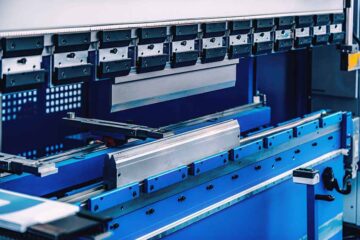Our Process Is Different
One of the most frequent quotes I encounter when helping people improve their processes is “Our process is different.” People who have not been exposed to continuous improvement efforts frequently believe that their process is so unusual that Lean or Six Sigma or whatever methodology you are using does not Read more…



